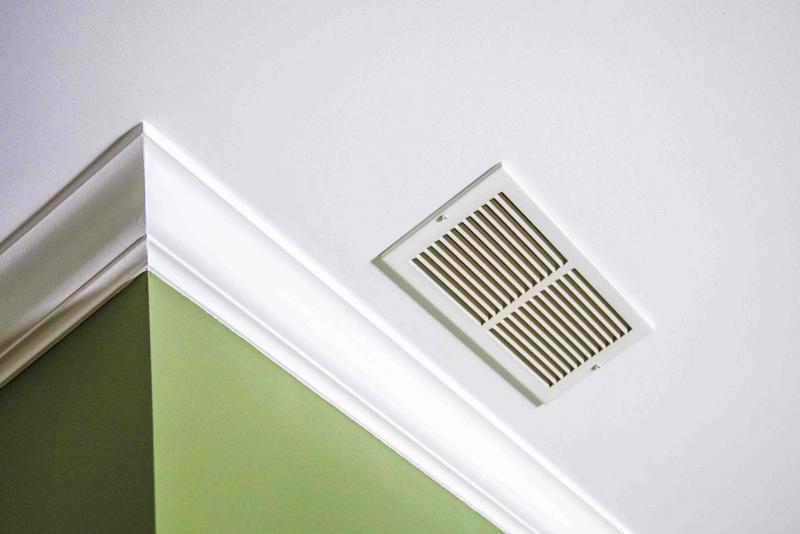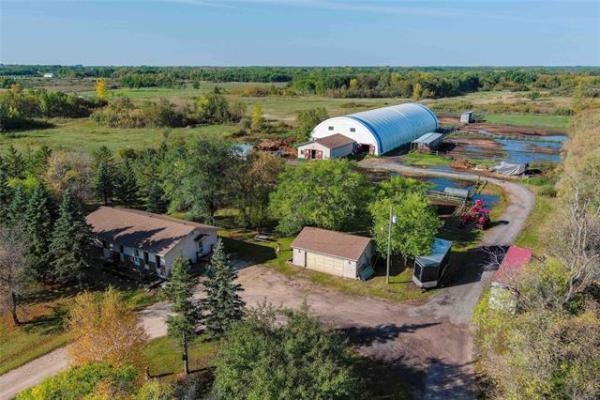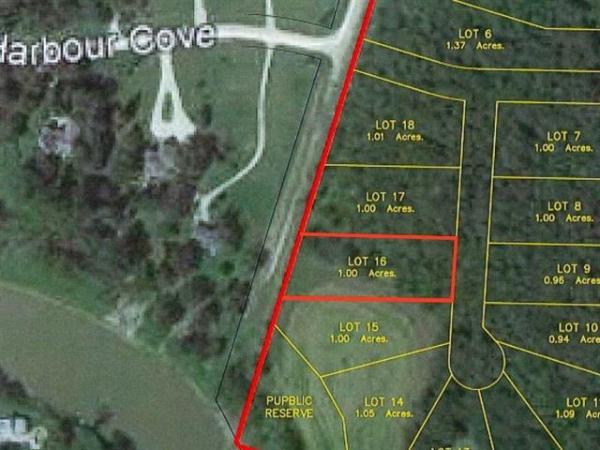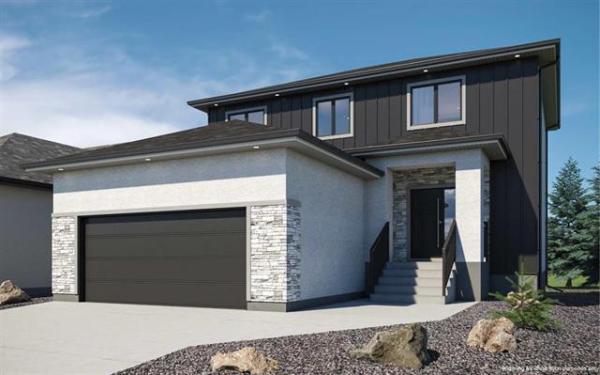Question: I had a new furnace and accessories replaced four years ago for my two-storey home, built in the 1980s. I’ve noticed that the basement and main floor receive a lot of heat and air conditioning, but the upstairs does not get much air force out of the vents. If I keep the bedroom door closed during the day, I will notice at least a 10-degree difference in temperature. The vents are closed in the basement, since it’s not used as living space.
How can I increase the airflow to the upper floor?
— Zelko Krtalic
Answer: Increasing airflow from your forced-air heating system may be as simple as adjusting some dampers and registers, or it may require professional modifications to the furnace. Determining which to choose may require an evaluation by a licensed HVAC technician. This can often be part of a standard annual servicing.
There should only be two places to look when investigating poor airflow from a forced air heating system. The furnace itself may seem like the obvious culprit, but it is rare for an upgraded furnace to worsen the heat distribution in a home, rather than improve it. That is because the blowers on modern high-efficiency furnaces are better designed and typically more powerful than older models. So, if the airflow seems to have less velocity or force than previously, it may be the settings rather than the physical structure that is at fault.
Many newer furnaces have multiple speed settings for the blower, or may be variable-speed models. Because of this, some installers may not set up the furnace fan to run at the highest speed possible. Whether this is at the request of the homeowner or the discretion of the technician may be unknown. I have recently seen several newer furnaces installed that appear to be set on a very low speed when the heat or air conditioning is on, when it should be at maximum. In that scenario, there may be a high enough volume of air to provide reasonable flow at the lower levels of the home, but not the upper floor. The good news is that the solution should be an easy adjustment — to boost the blower speed, by a licensed HVAC technician.
The second location to inspect when a low volume of air is detected at several registers in a home, but not others, are the ducts. It is unusual, but certainly possible, that some ducts have become disconnected during construction or renovation of the home. Most ducts are held in place with small screws, duct tape, or brackets. If the basement has been recently finished, it is possible that installation of the ceilings or walls has caused one or more ducts to come apart. If these are the ducts running to the upper floor of the home, that is the answer to the mystery. Also, ducts can become damaged for the same reasons, which may significantly reduce the airflow if they are crushed. Visually inspecting all the ducts in accessible areas like the basement should reveal if this has occurred and repairs may be as easy as reconnecting loose ducting.
Even more likely than loose or squished ducts are closed registers or dampers. The registers in most rooms should have adjustable dampers, which are normally easily opened or closed to regulate airflow. Sometimes these are mostly shut, to the surprise of oblivious homeowners. Checking these visually, or removing the registers and holding them up to a light, should reveal whether they are opened or closed. Finally, there are typically small dampers inside most round heating ducts in the basement that often escape the scrutiny of the average person. The adjustments for these are with small metal tabs on the outside of the ducts, which are often held in place by wing nuts. When installed, the metal tabs should be in line with the duct direction for maximum airflow. Too often, these inadvertently get bumped, so that the metal tabs are perpendicular to the ducts. If that happens, the disc-shaped dampers inside the ducts may prevent much of the normal airflow. If this has occurred on the ducts leading to the upper floor registers, that is your answer. In some cases, the wing nuts can come loose, allowing the dampers to accidentally block the ducts, partially or completely. This may only be identifiable by disconnecting various ducts and looking inside with a good flashlight or inspection scope, which should only be attempted if all other diagnostic efforts have been exhausted.
Checking heating ducts, dampers and registers on a standard forced air heating system for the cause of poor airflow is likely within your skill set, but professional help will likely be required if this does yield a satisfactory solution. Hiring a licensed heating, ventilation and air conditioning contractor to inspect your entire system, often as part of regular annual servicing, should find the answer to the problem. A good technician will either be able to catch the distribution issue you missed, or simply adjust the settings on the furnace to increase the airflow from the blower, ensuring proper heat distribution to the upper floor of your home.
Ari Marantz is the owner of Trained Eye Home Inspection Ltd. and the past president of the Canadian Association of Home & Property Inspectors — Manitoba (cahpi.mb.ca). Questions can be emailed to the address below. Ari can be reached at 204-291-5358 or check out his website at trainedeye.ca.
trainedeye@iname.com




